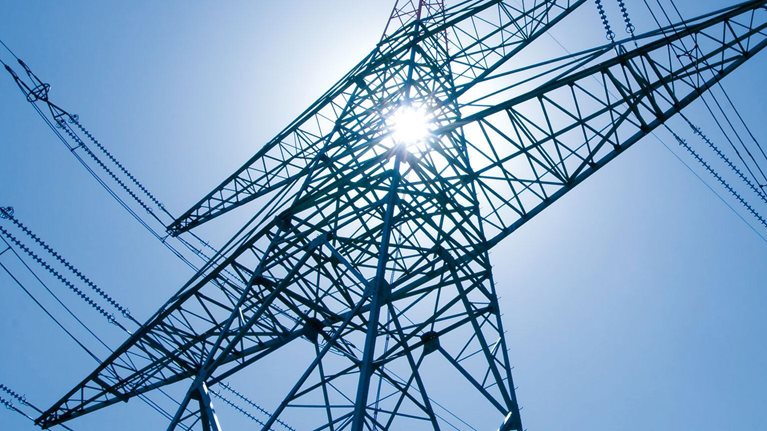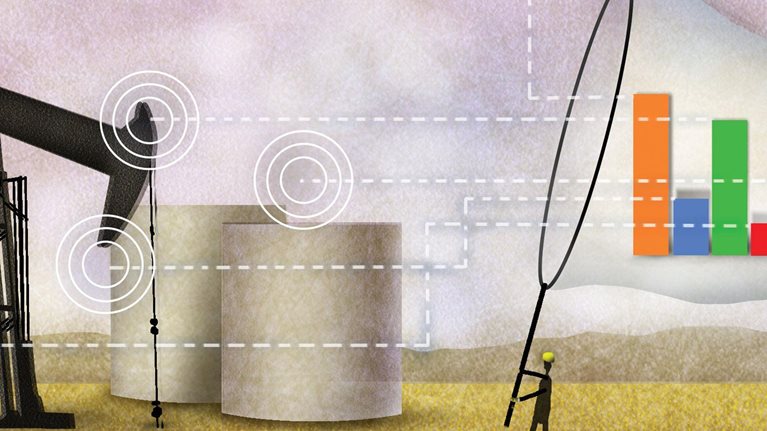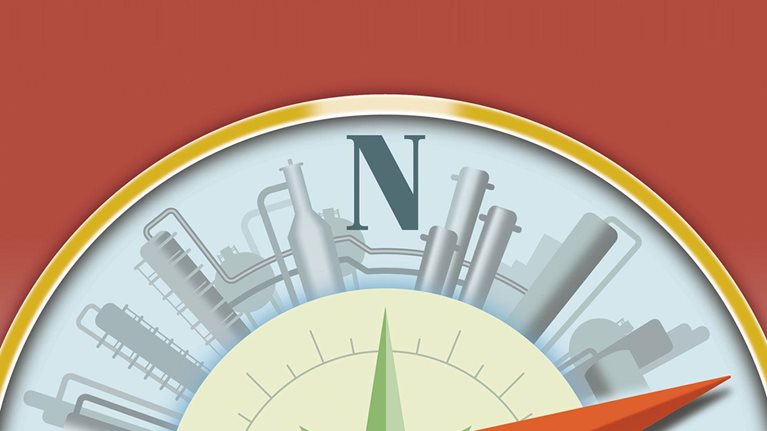In a recent working paper, we described how some large energy companies have been responding to the evolution of the European gas market.1 In particular, we looked at the strategic dilemma facing large midstream companies, which have been struggling in a classic business squeeze as they face competitive threats from upstream and downstream rivals, as well as big changes in how their customers are behaving.
In essence, the way the European wholesale gas market works has fundamentally changed. Demand is at best stagnant, held back by uncertainty over the strength of the economic recovery from the financial and sovereign crisis of 2008–12, as well as by greater energy efficiency and the relocation of production. Furthermore, there has been a marked increase in liquidity and price transparency at major European hubs, which are now determining the prices achievable for midstreamers. This development has led, in turn, to the steady disappearance of traditional geographic and seasonal pricing spreads.
We can summarize the midstreamers’ dilemma as follows:
-
They have a structural long position in gas based on forecasts assuming a reasonable increase in gas demand, a dilemma that is even greater because they have huge sourcing portfolios built up over many years containing some very long-term agreements with significant take-or-pay obligations.
-
They are still exposed to gas-pricing formulas that are expensive measured against emerging hub prices, with renegotiations under their long-term supply contracts still ongoing.
-
The market is evolving so that it is ever easier for their customers to bypass them.
-
Consumers and governments are more concerned with energy efficiency, for example, through solar thermal panels and better insulation.
-
Industrial users have decreased their energy intensity either by instituting energy-efficiency measures or by relocating their plants to low-cost countries, disrupting established supply lines.
-
As a result of the shale-gas revolution in the United States and cheap prices, big energy-heavy industries have started to relocate and decrease their energy consumption in Europe.
-
Big gas upstreamers have invested in their own sales operations and downstream capacity.
Against this background, emerging trends are reshaping supply and demand dynamics to the extent that leading companies are under pressure to rethink their entire business models. The supply portfolio is becoming more diversified as a consequence of contract-renegotiation activity and new infrastructure (including liquefied natural gas, or LNG), driving growth in spot-priced supply. Customers are increasingly asking for dynamic contract arrangements (such as real-time pricing or price and volume switching) so that they can perform active portfolio management of their own exposures. Further, achievable price levels are solely driven by the prices of gas products traded at European hubs. A consequence of these trends is that margins on gas commodity sales have been greatly reduced.
The profit a midstreamer is able to earn therefore depends heavily on its ability to renegotiate long-term supply contract prices. Traditionally, gas pricing was strongly based on oil-linked formulas, boosting hedging activity on global oil indexes. Recent years have seen a shift toward hub-based pricing on the customer supply side thanks to market decoupling and an increase in liquidity.2
How are large European midstreamers responding? Later in this paper, we explore how two leading companies are reacting to new market pressures. One emerging strategy is to pursue product innovations designed to leverage market liquidity. Another approach is to explore more service-oriented business models in which companies become strategic partners with their customers, for instance, in using sophisticated risk-management and intraday-pricing capabilities.
We can identify several areas of product innovation. Arguably, because of its commercial potential, the most important area is the development of so-called flex products. These are contracts designed to offer significant flexibility by way of options over the amount of gas to be supplied, whether it is for hub delivery, whether additional fixed amounts can be added during the contract life cycle, and so on. Companies are also innovating by developing new pricing formulas—for example, giving customers the right to purchase at a day-ahead price or the ability to switch to a different pricing basis.
Flexible products are expected to represent an increasing share of midstreamers’ sales and profits, but in the current market environment, customers are not prepared to pay for the value provided, not least because upstreamers are trying to gain market share in the downstream segment by offering flexibility at very low values. That aside, flexibility options pose new challenges for midstreamers. Optionality that is extremely attractive to customers carries risks to the provider, particularly because some customers are quite sophisticated and seek to use their options not just for hedging purposes but also as a potential source of gain from complex trading strategies. Where there is a high degree of flexibility or a lack of coherence on the part of the provider, customers could look for opportunities to arbitrage between the contracted price and the then-available hub price. This behavior can expose the midstreamer to significant risks, and so it has become imperative for companies to choose the right counterparty for a particular set of options.
This is, in effect, forcing midstreamers to develop new strategic skills. On the one hand, in order to achieve commercial success, they want to offer new and different features on their contracts. On the other hand, the resulting exposures mean that it has become critical to build a strong bridge between commercial activities or sales and trading and the pricing operations that are designed to understand and manage the overall portfolio. One key trend is for the rapid evolution of sophisticated risk-management operations spanning a wide range of price information, modeling capabilities, and performance monitoring—in effect, the creation of a robust analytical framework and infrastructure.
The development of advanced forecasting models is central to this trend. At the highest level, such models are required in order for companies to conduct relevant risk-management disciplines. These include monitoring exposures to volume risks and monitoring and refining hedging policies, for instance, by optimizing a strategy having assessed the ex ante effects of volume volatility. This in turn influences pricing strategies so that they properly reflect the value of flexibility, as well as diversification across the portfolio. Sales planning can be improved with more sophisticated forecasting of future sales and margins and with better market segmentation, allowing the optimal allocation of supply and volume flexibility among different channels—for example, by improving the understanding of customer behaviors and differentiating between those with primarily commodity or industrial characteristics and those that are more inclined to embrace a trading mentality and seek arbitrage opportunities. It should be clear that this is a multidimensional challenge. To be useful, a forecasting model must reflect the complexity not just of customers’ actual behaviors but also account for how these can be simulated as an input to the model. For customers with their own trading activities, it can be expected that future demand primarily will be driven by forward commodity prices, whereas industrial clients’ demand will respond to dynamics specific to their particular sector, such as seasonality, which is also reflected in forward commodity prices. In addition, models should offer volume and margin forecasts across a range of metrics at the level of a single contract, groups of related contracts, and the overall portfolio. On top of client segmentations, categorization by product allows for a granular view of future demand at different points in time.
The full report from which this article is excerpted—including interviews with executives from RWE Supply & Trading and Eni—is available by downloading Europe’s wholesale gas market: Innovate to survive (PDF–1.21MB).


